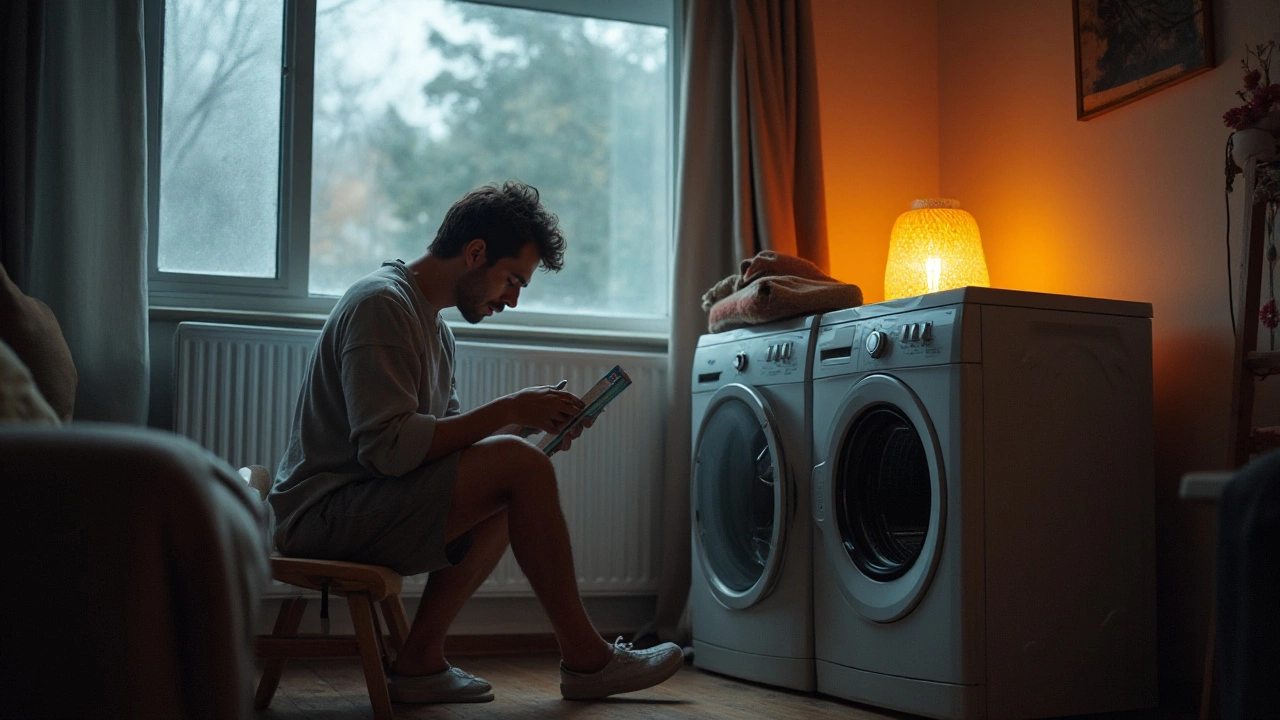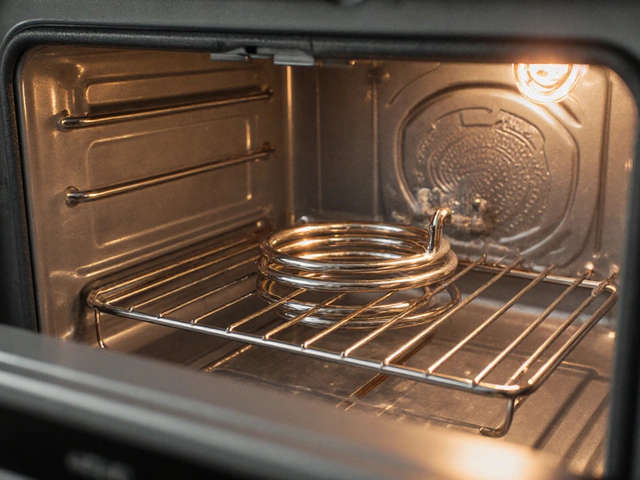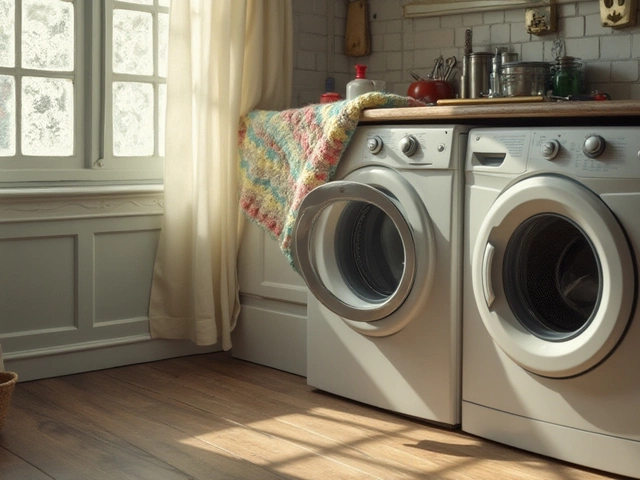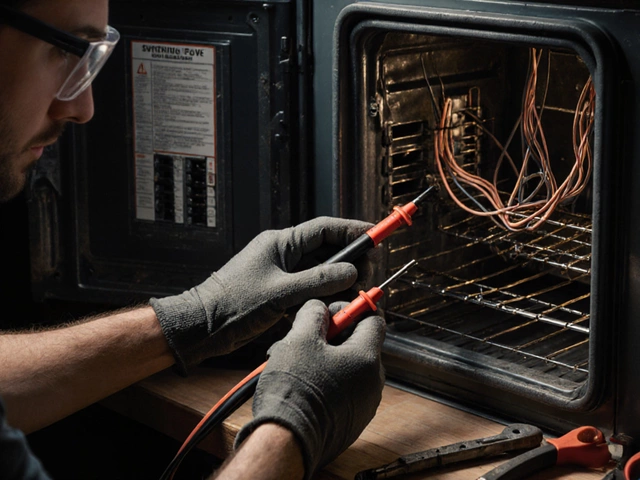Oven Heating Element Replacement Cost: Prices, DIY Tips & Hiring a Pro
October 15 2025Tumble Dryer Guide – Care, Repairs, and When to Call a Pro
If your tumble dryer isn’t drying clothes like it used to, you’re probably wondering what to do next. The good news is that most dryer issues can be fixed with a little know‑how and a few simple steps. This guide walks you through everyday maintenance, common problems, and the signs that it’s time to call an expert from Bedford Gas Appliance Repair Services.
Everyday Maintenance to Extend Life
Cleaning the lint filter after each load is the easiest thing you can do. A clogged filter makes the dryer work harder, raises energy use, and can cause overheating. Take a minute to slide the filter out, shake off the lint, and wipe it with a dry cloth.
Don’t forget to clean the dryer vent every six months. Over time lint builds up inside the vent pipe and can turn into a fire hazard. Disconnect the exhaust hose, use a vacuum brush to pull out the lint, and reconnect it snugly. If the vent is longer than 10 feet, you may want to hire a professional to check it.
Check the drum belt and rollers once a year. The belt keeps the drum turning, and worn rollers can make the dryer noisy. Look for cracks, fraying, or a squeaking sound when the dryer runs. Replacing a belt is a quick DIY job, but rollers often need a pro’s tools.
Finally, keep the dryer level. An unbalanced unit can cause excessive vibration and wear down internal parts. Use a spirit level on top of the dryer and adjust the feet until it sits evenly.
Common Problems and Simple Fixes
**Dryer won’t turn on** – First, check the power cord and the circuit breaker. If the outlet works for other devices, the dryer’s thermal fuse may have blown. Swapping the fuse is cheap, but you should test it with a multimeter before replacing.
**Clothes are still damp** – A blocked vent is the usual suspect. After cleaning the vent, run the dryer empty for ten minutes to see if airflow improves. If the problem persists, the heating element could be faulty. Most elements are visible at the back of the drum; look for broken coils or discoloration.
**Strange noises** – Rattling or grinding often means the drum support rollers or idler pulley are worn. The rollers are small plastic wheels; if they feel rough, replace them. A squealing sound usually points to a worn belt.
**Hot but not drying** – This can happen if the moisture sensor is dirty. The sensor is a pair of metal bars inside the drum; wipe them with a damp cloth. A clean sensor helps the dryer stop at the right time and saves energy.
When you’re unsure, it’s safest to call a qualified gas engineer. Our team in Bedford can diagnose issues quickly, source the right parts, and get your dryer back to full speed without risking safety.
Regular care keeps your tumble dryer efficient, lowers your bills, and reduces the chance of a fire. Use the tips above, schedule a professional check‑up every few years, and you’ll enjoy dry clothes without hassle.
 23 Jan
23 Jan
Top Reasons Your Tumble Dryer Isn't Spinning
When your trusty tumble dryer isn't spinning, it can be incredibly frustrating, especially during the damp winters here in Auckland. This problem could arise from several scenarios, ranging from a slipped drive belt to a faulty motor. The key is identifying the specific cause. Once you know why your dryer isn't working correctly, you might be able to fix it yourself with a bit of patience and know-how or decide whether it's time to call in professional help.
Read More...



